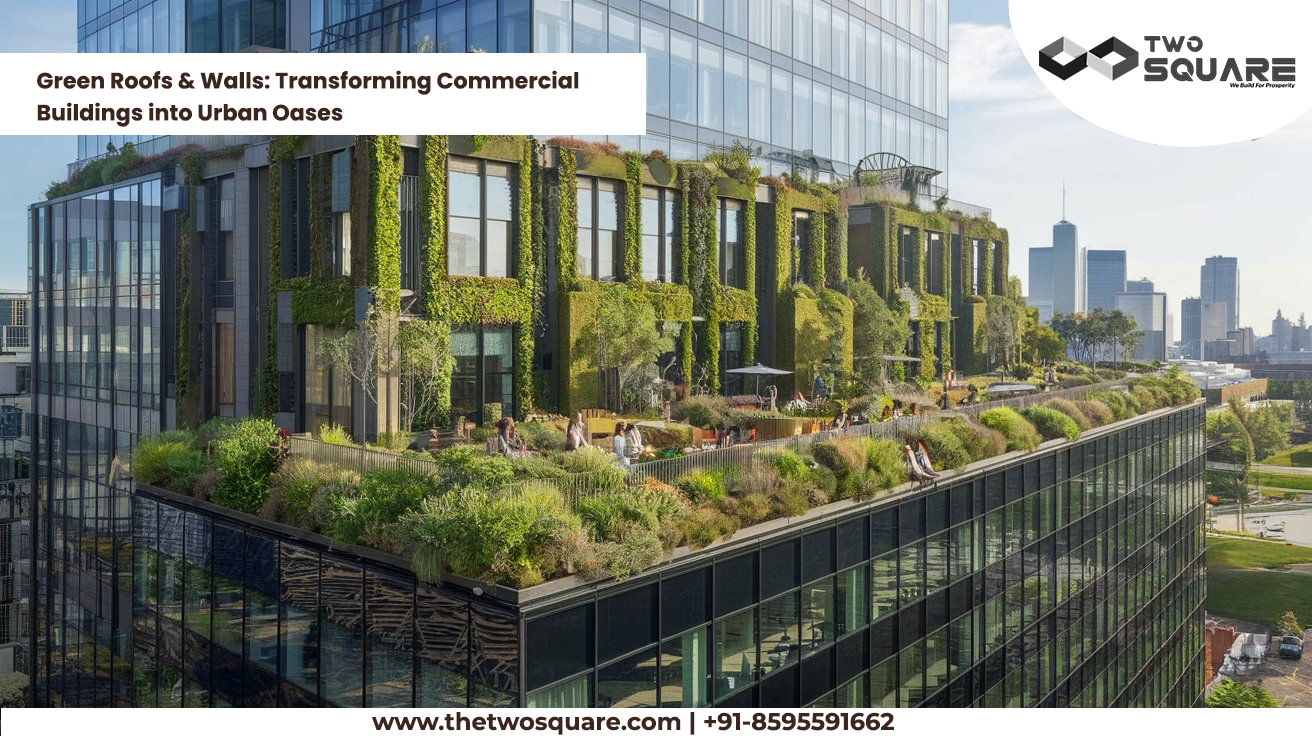Green Roofs & Walls: Transforming Commercial Buildings into Urban Oases
Imagine walking into a bustling city center and spotting a skyscraper draped in lush foliage or a rooftop bursting with wildflowers. This isn’t a futuristic fantasy—it’s the reality of green roofs and walls, a design revolution reshaping commercial buildings worldwide.
Green roofs and walls are more than just eye-catching aesthetics. They’re engineered systems that integrate vegetation into building structures, offering tangible benefits like energy savings, stormwater management, and improved air quality. For businesses, they’re a win-win: reducing operational costs while showcasing a commitment to sustainability. In this post, we’ll explore how green roofs and walls are transforming commercial spaces, why they’re essential for modern cities, and how your business can harness their power.
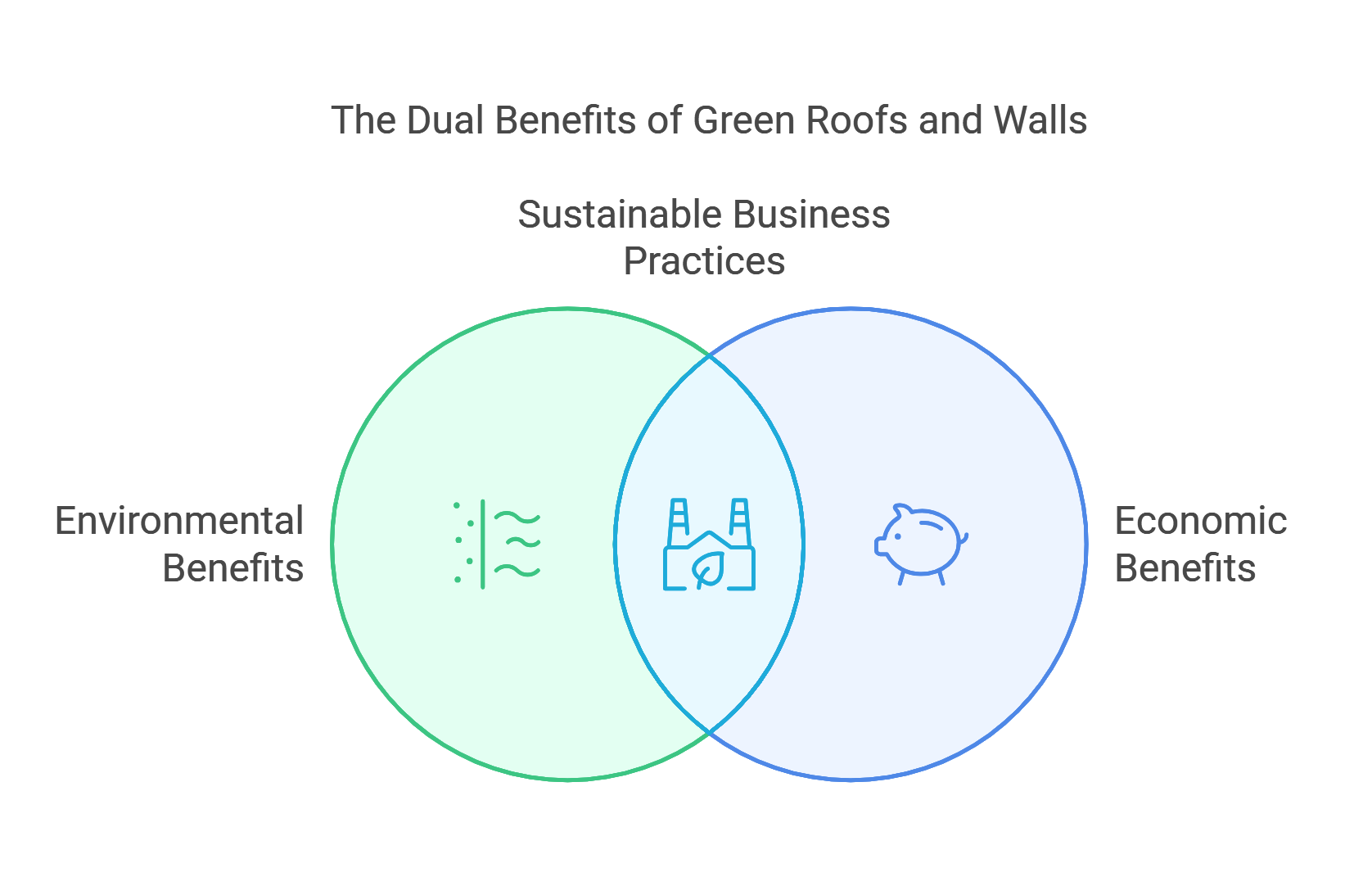
Why Green Roofs and Walls Matter for Commercial Buildings
Commercial buildings are the backbone of urban economies, but they’re also major contributors to energy consumption and carbon emissions. Enter green roofs and walls—nature’s answer to concrete jungles. These systems combat the “urban heat island” effect (where cities trap heat due to asphalt and steel), lower cooling costs by up to 30%, and even extend roof lifespan by shielding materials from weather damage.
Take Chicago’s City Hall, for example. Its green roof, installed in 2001, reduced surface temperatures by 50°F compared to neighboring buildings. Similarly, Singapore’s Parkroyal on Pickering hotel uses vertical gardens to cut energy use by 25% while attracting eco-conscious travelers.
But the benefits don’t stop there. Let’s dig deeper.
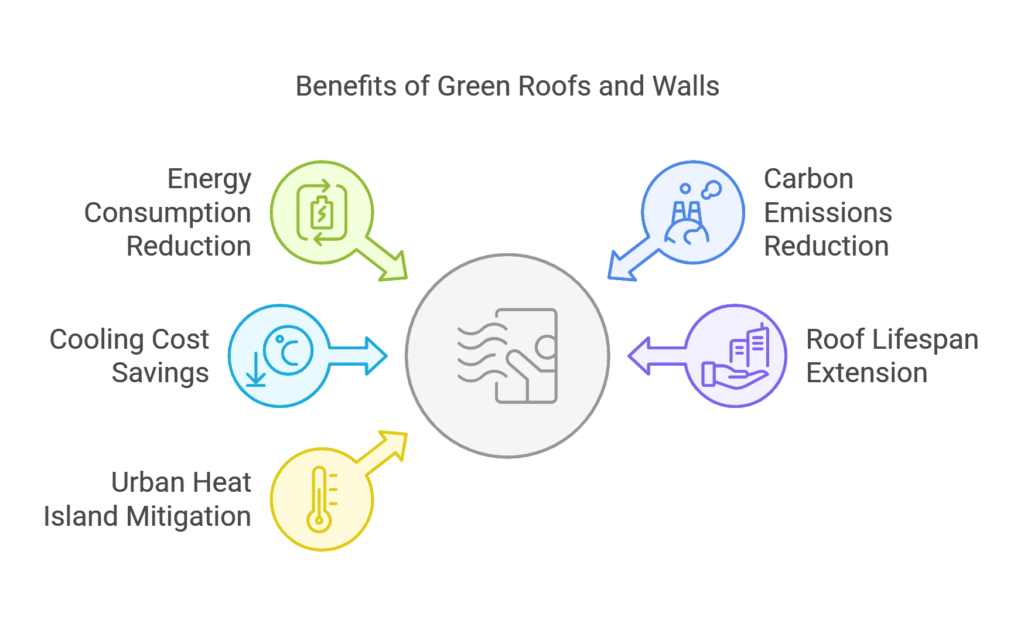
The Environmental and Economic Benefits of Green Roofs and Walls
Green roofs and walls aren’t just eco-friendly—they’re wallet-friendly too. Here’s how they deliver value:
- Slash Energy Costs
- Vegetation acts as natural insulation. In summer, green roofs absorb heat, reducing the need for air conditioning. In winter, they retain warmth, lowering heating bills.
- Example: Toronto’s Ryerson University saved $30,000 annually on energy after installing a green roof.
- Manage Stormwater Like a Pro
- Green roofs absorb up to 70% of rainfall, reducing runoff that overwhelms city drains.
- Case Study: Seattle’s Bullitt Center uses a green roof to manage 100% of its stormwater on-site.
- Boost Property Value and Tenant Appeal
- Buildings with green features attract premium tenants and command higher rents. A study by CBRE found eco-certified buildings in India lease 20% faster.
- Combat Urban Pollution
- A single square meter of green wall can absorb 2.3 kg of CO2 annually.
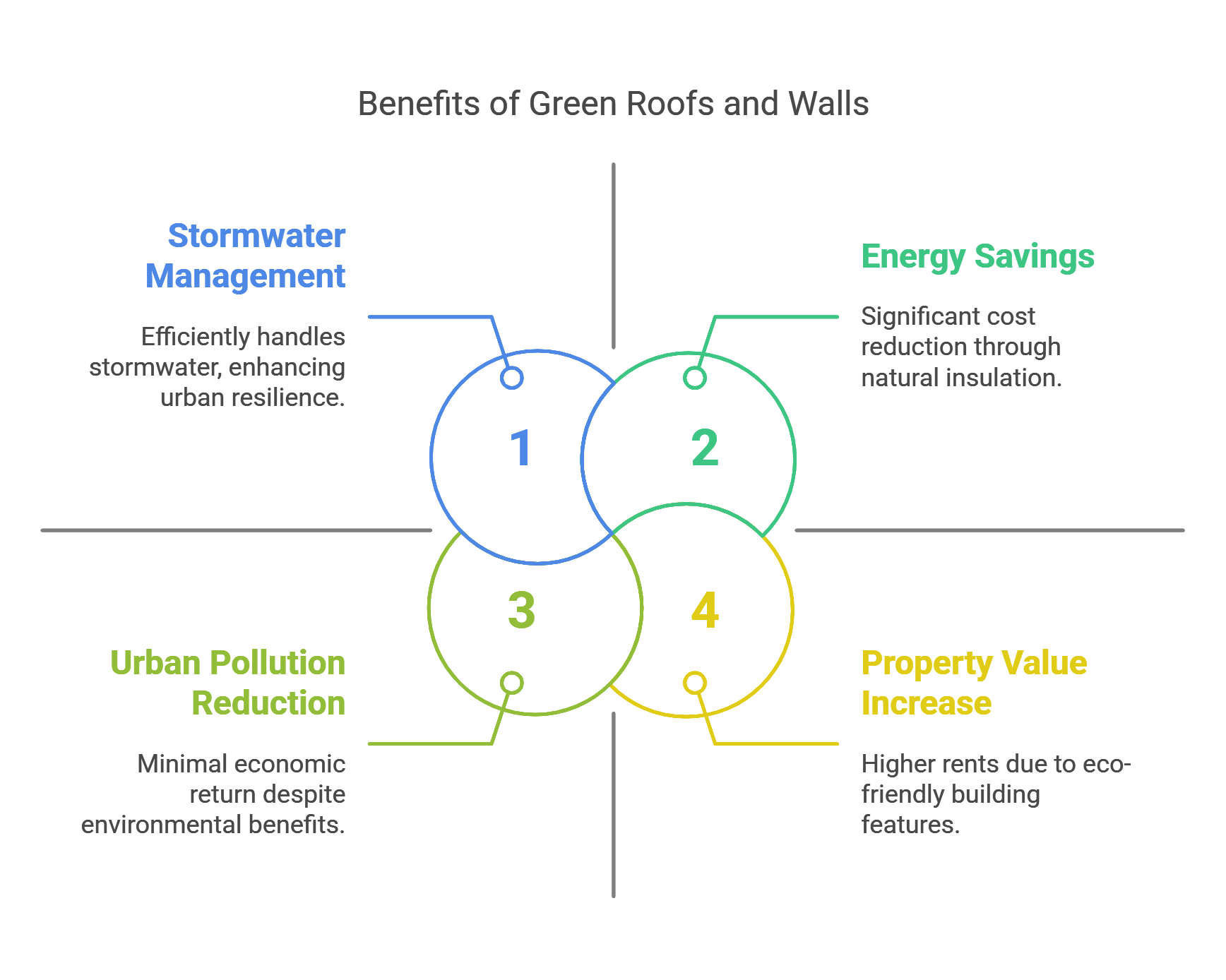
Designing Functional Green Roofs and Walls
Green roofs and walls require careful planning to thrive. Here’s what architects and engineers consider:
- Structural Integrity
- Soil and plants add weight. Commercial buildings must reinforce roofs to handle 50–150 kg per square meter.
- Plant Selection
- Hardy, low-maintenance species like sedum (for roofs) and ferns (for walls) are ideal for harsh urban climates.
- Irrigation Systems
- Drip irrigation or modular panels with built-in water reservoirs ensure plants survive droughts.
- Maintenance Plans
- Seasonal pruning, pest control, and soil checks keep systems healthy.
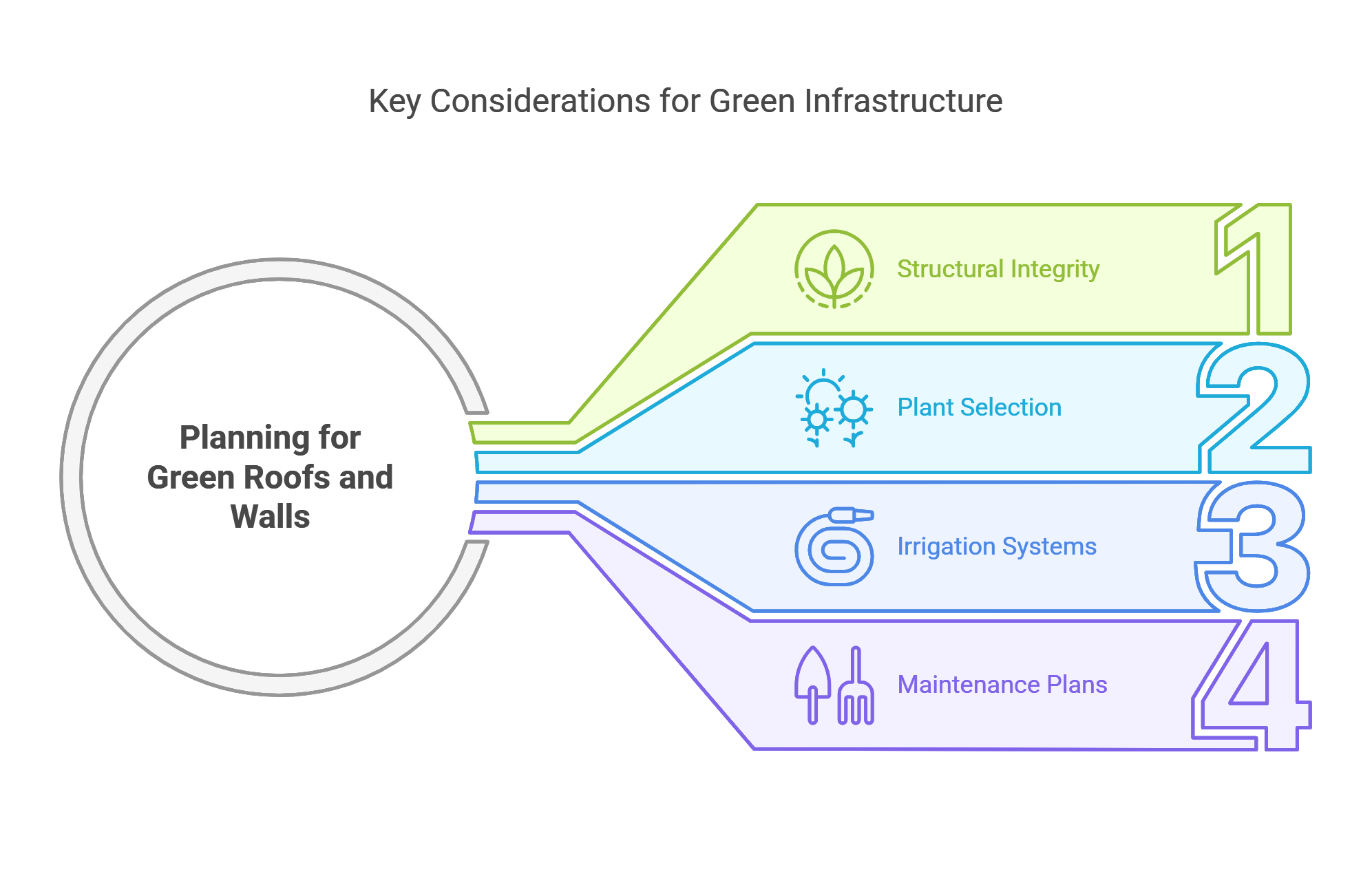
Overcoming Challenges in Commercial Projects
While green roofs and walls offer immense benefits, businesses often face hurdles:
- High Upfront Costs: Installation can cost 15–50 per square foot.
- Maintenance Expertise: Many firms lack in-house horticulture skills.
- Regulatory Hurdles: Permits for structural modifications can delay projects.
Solutions:
- Governments like Germany and Canada offer tax incentives for green installations.
- Partnering with specialists (like The Two Square) ensures seamless design and upkeep.
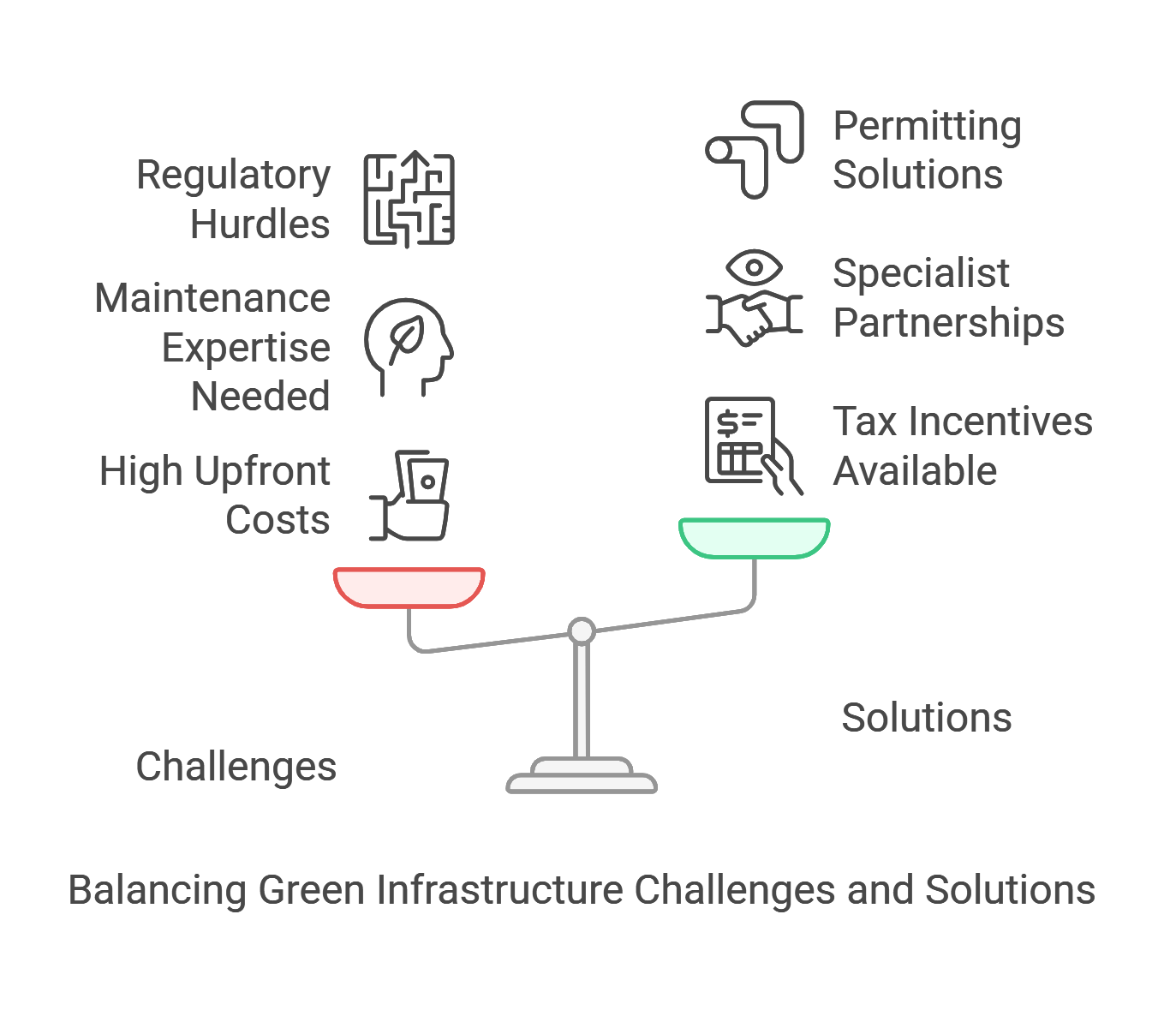
The Future of Green Roofs and Walls
The next wave of green roofs and walls is smarter and more scalable:
- Solar Integration: Pairing green roofs with solar panels creates “bio-solar” systems that maximize energy output.
- AI-Driven Maintenance: Sensors monitor soil moisture and nutrient levels, alerting teams when intervention is needed.
- Urban Farming: Rooftop gardens supply fresh produce to building cafeterias, like Brooklyn Grange in New York.
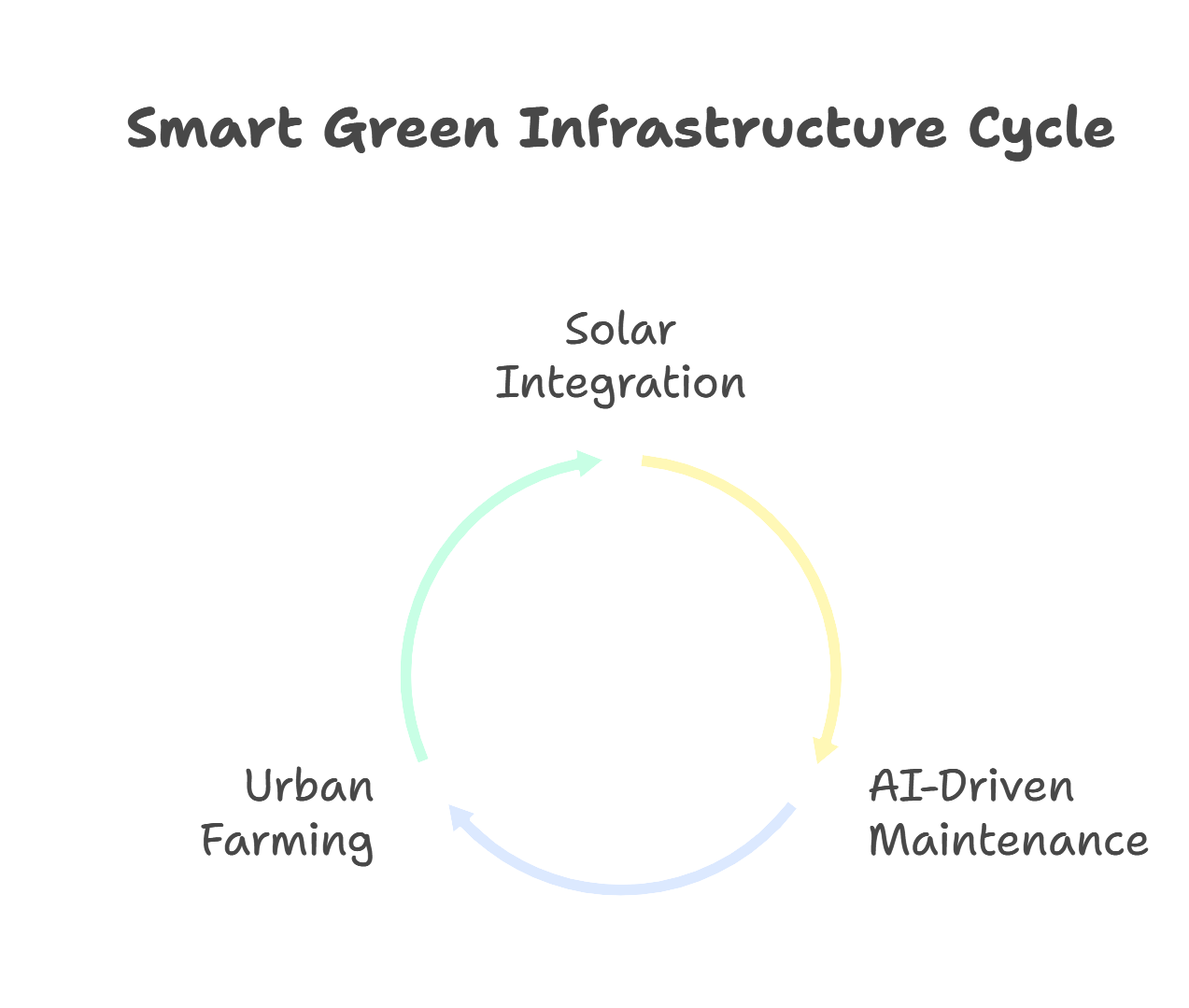
Conclusion: Grow Your Business with Green Roofs and Walls
Green roofs and walls aren’t just a trend—they’re a necessity for forward-thinking commercial buildings. From cutting energy bills to enhancing corporate reputation, these systems future-proof your investment while giving back to the planet.
At The Two Square, we specialize in turning concrete spaces into thriving ecosystems. Our team handles everything from structural assessments to plant selection, ensuring your green project flourishes for decades. Ready to stand out in the urban landscape? Let’s build a greener future, together.


